Urtica gracilis
A slender, tall nettle with slightly stinging underside of leaves
Urtica gracilis slender nettle
Add to MyPlants View Locations
The California nettle, like the wood nettle (Laportea canadensis) has tiny hairs on the leaves and stems that act as miniature hypodermic needles and inject an irritating chemical that can cause itching for several minutes or more. The California nettle has fewer stinging hairs but can still cause problems. Also its paired toothed leaves are narrower with blunt bases. These tend to drop downwards. It has a thick stem with several flat ridges, separated by narrow channels. It can grow 2-3 feet high and is found growing in damp soil and thickets throughout much of eastern and central North America. It blooms a bit later than the wood nettle - July to September, rather than June to September. Like the wood nettle, it is a member of the Urticaceae family of plants and both tend to have separate male and female plants or a separation of male and female flowers on the same plant. Stinging hairs are very sparse compared to the introduced U. dioica species.
Habitat & Range
Forest edges, forests, floodplains, in moist soil.
Present throughout the state.
| EMP: | FACU |
|---|---|
| NCNE: | FAC |
Phenology
Flowers July to September.
Plant Codes
S-rank: S4 (Secure)
G-rank: G5 (Secure) T5 (Secure subspecies)
APG/Taxonomization Info
Moved to its own species, used to be subspecies of U. dioca
Urtica gracilis slender nettle
Synonyms: Urtica dioca ssp. gracilisAdd to MyPlants View Locations
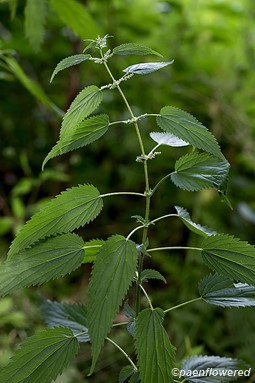
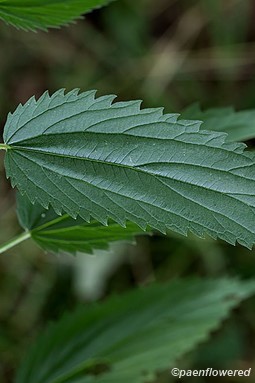
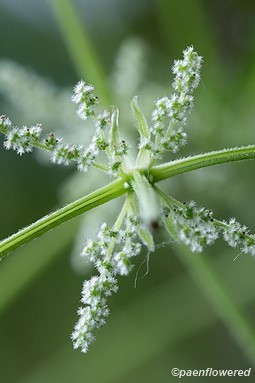
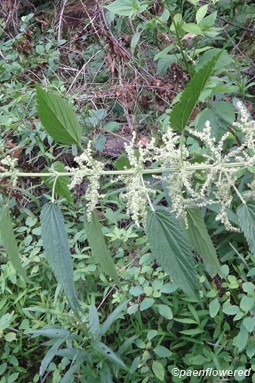

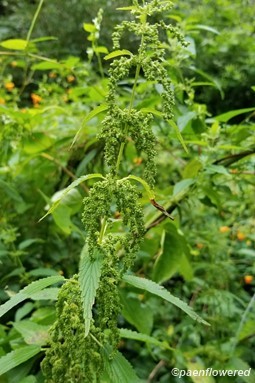



Comments
Have you spotted this plant in your area? We'd love to hear about your experience! Share your comments or questions about the plant below. Comments are moderated before posting.